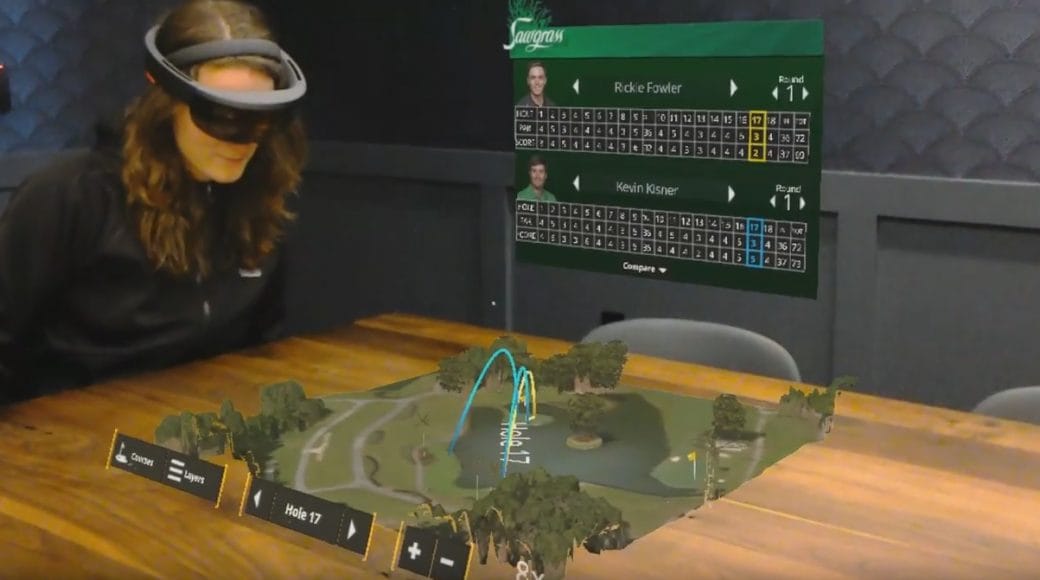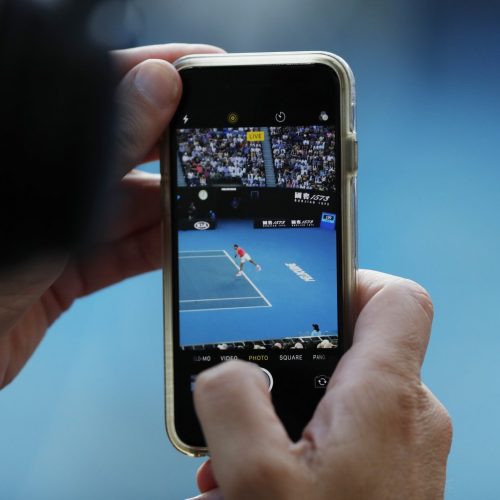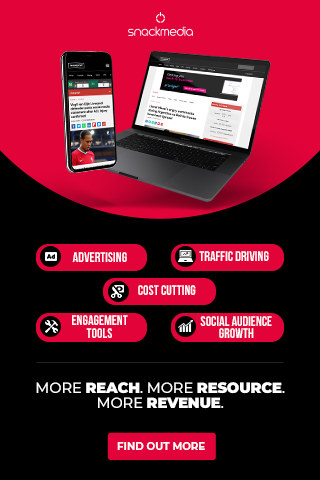For VR and AR the hype is real, but Mixed Reality is where the future lies
Let’s start by getting our minds in the same place: What is the difference between Virtual Reality (VR), Augmented Reality (AR) and Mixed Reality (MR)?
VR is the one we are most familiar with, having seen multiple sports teams test the platform. It is where you are transported into a virtual world via a headset, many of which have become readily available as they utilise our phones to deliver the experience.
AR is a bit more cloudy. It’s where an element such as data or video is overlaid onto the real world through headwear such as Google Glass. We are all pretty familiar with it. Football clubs having used it to bring magazines to life, and you’ll have probably used it with Snapchat or Instagram Stories where you add a funny face, sticker or text onto your picture.
Then we have MR, a technology that Microsoft HoloLens and Magic Leap are at the forefront of. The difference here is that a virtual object is embedded within the real world. So you can interact with it, walk round it, and it adds to your experience. We’ve actually seen used in sports already by the likes of the PGA Tour and their partnership with the technology giant, but this tech is still growing.
Whilst at Soccerex I had the pleasure of finding out more for myself with Jesus Serrano, Business Development Architect at Microsoft Sports. He gave me a guided tour around the HoloLens through some of the projects they’ve been developing within sport.
The first of three different examples he showed me around was one they developed with one of their partners, Real Madrid. You can place the stadium on any surface and then go into a new world of stats, live video and insights through a point of your head and a pinch of your fingers.
It may not be a massively immersive experience, but for sports fans, this is the ability to imagine sitting in your living room and positioning your ‘TV’ screen anywhere you want. Once placed you can watch the game live and get more information as you need it with a few hand gestures. And if you get up for a break, it will still be in the same place when you get back!
And for a club it opens up a realm of opportunities for museum tours, initially. Allowing them to bring subjects to life and provide more information and video then they ever could in a physical space.
My next experience was seeing a full size Renault F1 car sat in the corridor next to the La Liga stand we were stood at. Walking around it and looking inside at the steering wheel, where even the car’s stickers have been perfectly replicated in this near-hologram image.
The final example Jesus showed me sadly couldn’t be done in full as they didn’t have a Playstation controller at the desk. But to paint the picture for you, they have filmed a rally car and given the user the ability to drive it around as they would within a game. BUT. The thing with mixed reality is that it knows the environment it is operating in, so if a chair had been placed in the way and the car sped towards it, then it could crash into this real world chair. Mad!
I had to make do with sitting on a chair which was perfectly lined up so that I was sat in the seat of this full size rally car and able to look around at anything within the cockpit and see what it would be like to be in the driver’s seat.
That was my brief and amazing experience of what is just the start of how mixed reality can (and will) alter the way we interact with the world around us. Mobile phones may be the easiest way to get used to AR, but this is the future. Phones will be a thing of the past, a brief product of a time which will be looked upon quizzically by future generations.
But for now we will have to wait until the tech improves, costs come down and we adjust to using it in our everyday lives. A HoloLens headset costs $3,000, and at the moment, most of us are only going to experience them at events such as Soccerex, admired from afar. It’s going to be exciting to see what the journey ahead produces and see how sport – as well as other industries – utilises it.
Yes, the hype is around VR and AR is real, and quite rightly too. But Mixed Reality is where the future lies.
About author
You might also like
The seven essentials for achieving successful sports branding
By Daniela McVicker When it comes to sports, great branding is a must. Your brand influences how people see your company or team. It helps you to forge connections with
Live Chat: A New Social Experience in Sports
Article written by John S. Kim, CEO and co-founder of global API company SendBird Social media rose to prominence throughout the world due to its potential for connection. Social channels provided the
Snack Media’s Football Content Campaign’s Review: February
By Mike Constanti This series, in partnership with Snack Media, will look at the best football campaigns from advertising to social media on a monthly basis, as Digital Sport evaluates how








